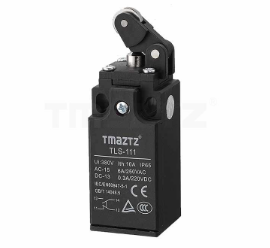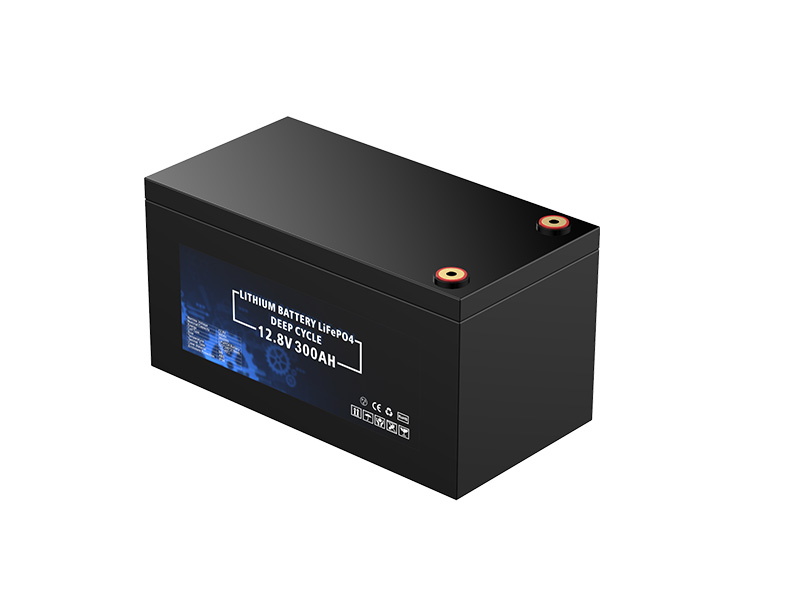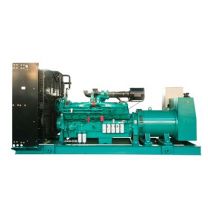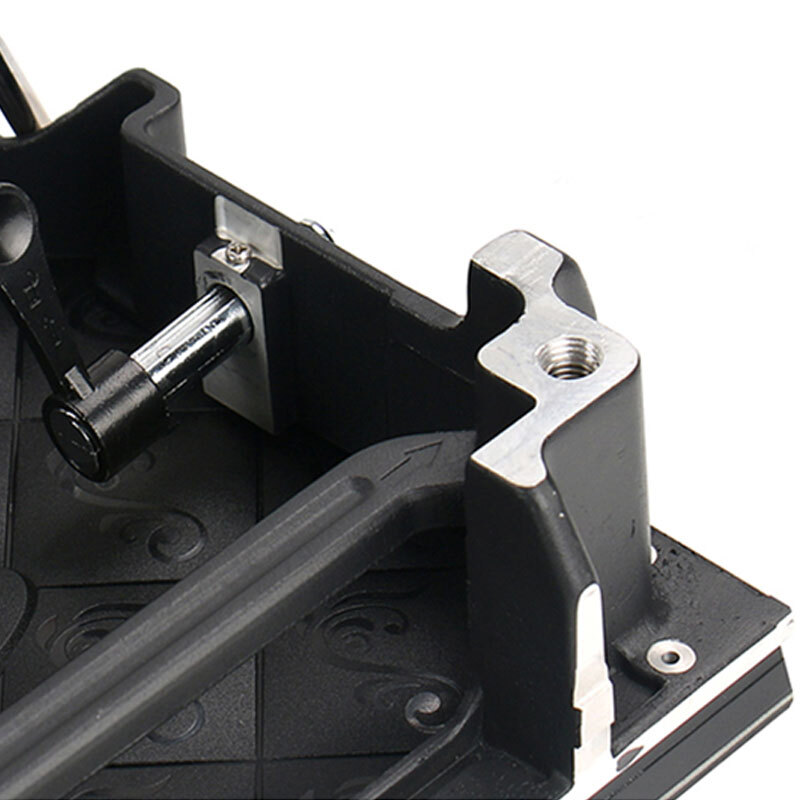All About Electrical Connectors: Types, Uses, and Benefits
If you are working with electrical wiring or any type of electrical installation, you are likely to come across electrical connectors. Electrical connectors come in a variety of shapes, sizes, and materials and are used in a huge range of applications, both residential and industrial.
For the purpose of this article, we will focus only on connectors that are used in residential and small commercial projects and as part of craft works. If you are an enthusiastic handyman, you will need to use quality electrical connectors to bring your projects to life.
However, we’d like to mention that if you are not a trained electrician, we strongly advise against complex electrical installations on your own.
What Are Electrical Connectors?
Electrical connectors serve a specific purpose in an electrical application. They create a connection between two components, enabling the electrical signal to pass. Additionally, connectors also need to protect the signal to ensure a safe and reliable transfer between the components.
Electrical connectors such as butt connectors can connect different parts of the same circuit together, but they can also build a connection without different circuits and even different electrical networks.
At Wirefy, we are committed to providing high-quality wire connectors that can function in both simple and complex electrical setups. We supply connectors to applications in industrial settings such as RC< automotive and marine, but also in residential projects.
Electrical Connectors - Basic Composition
There are two main components to an electrical connector, namely the housing part and the terminal block.
Terminal blocks refer to the part of the electrical connectors equipped to carry the electric current. This part is made out of a conducting material, typically metal.
The housing is the part of the connector you can touch without risking an electrical shock. It is made of insulating material and designed not to conduct any current. The housing is typically the visible part of the electrical connector and is designed to be sturdy and stable to protect the connection.
Electrical Connectors - Types
Electrical connectors can come in a variety of shapes. The shape of connectors allows for easy connection and is designed to reduce the strain of current transfer.
At Wirefy, our terminal blocks are available in the following shapes:
Electrical Connectors - Gender
Electrical connectors are labeled either male or female as a reference to their shape and function.
For clarity, male electrical connectors are generally plug or pin connectors. Female connectors, on the other hand, are receptacle connectors. The plug or pin part is inserted into the female ends to form a coupling. Each connector is attached to a wire or an application with a conductive terminal.
At Wirefy, all our electrical connectors are designed for long-term or permanent coupling, making them an ideal solution for marine heat shrink connectors.
Essential Consideration for Electrical Connectors
When it comes to choosing the right electrical connectors for your projects, you want to consider the pressure and environment relevant to your electrical installation.
Environmental Protection
Depending on your electrical project, the connection may require additional environmental protection from external factors. For example, harsh environments can expose connectors to extreme weather. So, it is important to look for electrical connectors that can create the type of seal you need for your circuit.
Whether you are looking for weatherproof, waterproof, or UV resilient, these considerations will influence the choice of your connectors. Typically, heat shrink wire connectors and heat shrink connector kits are preferred for their environmental protection features, keeping rain, wind, and more at bay.
Durability
Electrical connectors must be resistant. If they are part of a permanent circuit, they need to be able to remain in place even when exposed to some tugging, stretching, or any other external pressure.
Here again, the focus is on working with electrical connectors that can guarantee a tight and secure connection designed for long-term usage. This is where heat shrink connectors can elevate your installation.
Ease of Installation
Essentially, electrical connectors need to be easy to use. The last thing you need during an electrical project is to waste precious time and effort establishing a connection between two different electrical parts. You want to be able to set up a quick connection without needing cable ties to hold your installation.
Electrical Connectors - AWG
To cater to a variety of electrical projects, electrical connectors need to match your requirements.
It is important to ensure the appropriate current rating, the size of your wire will help determine the amperage to expect. As a rule of thumb, the wire with a high diameter will carry more power. The size of your wire is determined by the AWG (American Wire Gauge), and the smaller the AWG the larger the wire.
When looking for the right connector size, it is important to consider that the AWG doesn’t include the size of any insulating layer protecting the wire.
Using the Right Tools: Crimping or Soldering?
Lastly, installing electrical connectors requires the use of specialist tools. As explained, for durable and resilient installation, the priority is to select electrical connectors that are easy to set up and solid.
For this purpose, we recommend choosing electrical connectors that can be installed using crimping. This process will guarantee long-term use and solidity, holding both parts of the connection in place. Make sure to select heat crimping tools that are suitable for a heat shrink connector.
Unlike soldering, which can be time-demanding and still expose the electrical circuit, crimping adds a protective layer for the electrical connectors without affecting their functions.
Wirefy’s Range of Electrical Connectors for Electrical Projects
Wirefy is committed to providing electricians, both professionals and amateurs, with quality tools for durable, reliable, and smooth installations. We are proud to present a range of easy-to-use electrical connectors compliant with the highest electrical standards, ROHS, ISO 9001:2008, SGS, and CE standards.
As such, our connectors are crafted using premium metal components (copper) to maximize connectivity and current transfer.
Our connectors are color coded so you can rapidly find the right size for your installation. Using heat shrink technology, electrical setups are equipped to meet professional quality requirements in no time.
Each electrical connector is also protected from environmental pressures and corrosion. Unlike traditional nylon or vinyl electrical connectors, our terminals are built to be heat shrunk for a tight and secured connection.
What do we mean by electrical connectors?
The term electrical connectors can refer to any number of pieces of equipment that are used to connect one wire or cable to another, or to terminate a wire or cable. Another way to think about it is that electrical connectors are simply used to connect electrical parts together. The reason that there are so many different electrical connector types is that different applications require different solutions. This article is aimed at identifying the most common types of electrical connectors you’ll use, where to use them, and how to use them. The first thing to do is look at the different electrical connector types.
"The reason that there are so many different electrical connector types is that different applications require different solutions."
Electrical connector types
The most common type of electrical connectors are crimp connectors. Crimp connectors are any type of electrical connector that requires a crimp to be properly installed. A crimp is where a metal terminal is bent around a stripped wire. Think of it like this, a wire connector has a hollow barrel that a stripped wire is inserted into. That hollow barrel is then crushed, or crimped, to compress and form around the wire creating a semi-permanent bond. So many of the types of electrical connectors we use on a daily basis are considered crimp connectors.
The other common type of connector is simply referred to as electrical connectors. These are basically anything that is not a crimp connector (although technically crimp connectors are electrical connectors). That means they require a different method for installation. It could be soldering, compression seals, or any other form of connection that does not require a crimp.
Now that we have covered the basic explanation of electrical connectors, you should understand why crimp connectors are considered separately. Let us take a look at the various types of crimp connectors you are likely to run into.
Types of crimp connectors
Crimp connectors come in a vast array of styles and types. This is due to the fact that different applications have different criteria and as such, need different solutions. A fork terminal cannot perform the same function as a butt splice and vice versa. This is why is it imperative to know in which applications each connector excels and, better yet, how and where to use them.
Click on any of the terminal names below to be taken to that connectors section.
Or Jump directly to the installation video section.
Rings
Ring terminals are one of the most common types of electrical wire connectors you’re likely to run into. They offer a solid connection with zero chance of disconnection at the stud. One reason they are such a common connector is the fact that they are extremely easily to install and maintain. One advantage of ring terminals is that they can be easily disconnected when needed. These types of crimp connectors are ideal for busbars, terminal blocks, and feed-through-connectors. Basically anywhere you need to create a semi-permanent electrical connection.
- Main functions: Connecting to busbars, terminal blocks, and feed-through-connectors
- Safe for Marine Usage: Yes
(Important Note: epoxy lined heat shrink offers the highest protection)
- Proper Tools:
VTTR50 (heat shrink, nylon, vinyl)
VTR-490 (heat shrink, nylon, vinyl, bare) - How to Install: See video section below
Back to Top
Forks
Fork terminals are crimp connectors that are designed to be quickly and easily disconnected from a stud. Unlike ring terminals, with fork terminals you do not need to remove the nut and other electrical connectors. Since one side of the fork is open, loosening the nut is enough to quickly release the fork terminal. There are two main types of fork terminals, locking forks which hug the body of the stud, and flanged forks which hook the underside of the nut. Both are solid choices for quality connections and really boil down to preference.
Further reading:
How do digital advertising screens work?
Unlocking the Potential of the Rockchip SOM: A Comprehensive Guide
Unraveling the Benefits of Three Phase Hybrid Inverter
The Quest for the Best Wireless Car Charger
What is the purpose of a micro switch?
RF970 positioning type intrusion detection system provides a security guarantee for a prison in Hunan
Eco-Friendly Material Handling: Advantages of Lithium Forklift Batteries
- Main functions: Connecting to busbars, power posts, and fuse blocks
- Safe for Marine Usage: Yes
(Epoxy lined heat shrink = highest protection)
- Proper Tools:
VTTR50 (heat shrink, nylon, vinyl)
VTR-490 (heat shrink, nylon, vinyl, bare) - How to Install: See video section below
Back to Top
PRO TIP: Using Epoxy-Lined Heat Shrink will give your electrical connections the highest protection against environmental hazards possible.
Lugs
Lugs are quite different from ring terminals. They are generally larger, and as such, meant more for cable than wire. They have a larger diameter body and are usually closed off at one end for high-level protection. Since these types of crimp connectors are built to be more durable, lugs can handle more weight, more current, and heavier exposure to elemental conditions. Oftentimes, these types of crimp connectors are used in connecting the battery to other batteries or pieces of equipment.
- Main functions: Connecting equipment to a battery, connecting multiple batteries together
- Safe for Marine Usage: Yes, tin-plating makes them resistant to corrosion and long-term exposure
- Proper Tools:
VT0280 (easily crimps 6AWG to 4/0AWG) - How to Install: See video section below
Back to Top
Splices
Butt splices are a bit different than the terminals we’ve looked at so far. The previous terminals connect wires or cables to equipment whereas splices are used to connect wires and cables to other wires and cables. These electrical connector types are known for their highly durable use in harsh conditions. Rather than run a whole new wire, splices give you the ability to connect an additional wire to an electrical system. Although there are a wide range of splices available, the two most common electrical connector types are what are considered traditional splices as well as step-down splices.
- Main functions: Connecting two or more wires together, replacing damaged wire sections
- Safe for Marine Usage: Yes
(Epoxy lined heat shrink = highest protection)
- Proper Tools:
VTTR50 (heat shrink, nylon, vinyl) - How to Install: See video section below
Back to Top
Disconnects
Not all applications call for permanent electrical connections. This is where disconnects are meant to excel. These types of crimp connectors are built for field serviceability, built specifically to be connected, disconnected, and connected again. This makes them ideal for applications where maintenance and repair are considerations. To make them even better, they can be installed permanently if desired. Disconnect terminals come in a wide range of styles in order to meet different demands.
- Main functions: Creating electrical connections that can be separated
- Safe for Marine Usage: Yes
(Important Note: epoxy lined heat shrink offers the highest protection)
- Proper Tools:
VTTR50 (heat shrink, nylon, vinyl)
VTR-490 (heat shrink, nylon, vinyl, bare) - How to Install: See video section below
Back to Top
PRO TIP: Disconnects are perfect electrical connectors for field service and can handle tough industrial conditions.
Bullets
Bullet crimp connectors are quite similar to disconnects; in fact they are a sub-category of them. The difference is whereas other disconnects rely on a tongue and tab system, bullet use an entirely different connection method. These types of crimp connectors are built for long-term usage. The male has a knob end, and the female has a barrel end. This allows for easy access to the electrical connection. They simply snap together and, with a little effort, pull apart.
- Main functions: Connecting two wires together or replacing damaged wire sections
- Safe for Marine Usage: Yes
(Epoxy lined heat shrink = highest protection)
- Proper Tools:
VTTR50 (heat shrink, nylon, vinyl) - How to Install: See video section below
Back to Top
Wire Ferrules
Wire ferrules are primarily used to create a solid wire out of stranded wire. Basically, the wire ferrule is a sleeve that fits over a stranded wire. Once crimped, the barrel of the ferrule is like a solid wire. This makes them ideal for use on European terminal blocks and other locations where a screw is used to clamp down on a wire. These crimp connectors are perfect for harsh environmental conditions. Without a wire ferrule, the screw would cause a stranded wire to fray and lose contact. That, in turn, would cause a loss in conductivity.
- Main functions: Turning stranded wire into solid
- Safe for Marine Usage: Yes
- Proper Tools:
VT-PZUS (26-10 AWG)
VT-PZU16 (7-6 AWG)
VT-PZU35 (4-2 AWG) - How to Install: See video section below
Back to Top
Wire Joints
The term wire joints refer to the types of electrical connectors that join two or more wires together. At first glance, these crimp connectors may seem like butt splices. The difference is that splice have two ends and are designed to fit in-line with a running wire or cable. Wire joints on the other hand have only one end which allows them to perform more tasks. On top of being electrical wire connectors, they can be used to cap off a wire or create a wire dead-end.
- Main functions: Connecting wires together or creating dead-ends
- Safe for Marine Usage: Yes
- Proper Tools:
VTTR50 (22-10 AWG) - How to Install: Video Coming Soon
Back to Top
Piggyback Connectors
Piggyback electrical wire connectors are used when multiple connections are required. More specifically, they are used when a limited number of male tabs are available to connect to. Piggybacks electrical wire connectors allow another tab type connector to snap into its back. Simply put, they let you connect to a female connector while accepting a separate male connector. They are built to be easy to use and durable in the harshest marine conditions out there.
- Main functions: Connecting to an electrical system while creating an open spot to accept another connector
- Safe for Marine Usage: Yes
- Proper Tools:
VTTR50 (heat shrink, nylon, vinyl) - How to Install: See video section below
Back to Top
Battery Posts
Battery posts connect a load to a battery. They can be used with single cell or multiple cell batteries. Being made from 131 contact copper, they are highly conductive and resistant to corrosion. The copper used is 95% pure leading to high conductivity. All our lugs are electro-plated with tin making them ideal for the toughest marine conditions. These types of crimp connectors are built to handle the harshest conditions out there.
- Main functions: Connecting a battery cable to a battery
- Safe for Marine Usage: Yes
- Proper Tools:
VT0280 (6-4/0 AWG) - How to Install: Video Coming Soon
Back to Top
Installation Videos:
Below you will find multiple videos showing you the proper way to install various types of crimp connectors. Each of the types of crimp connectors we offer will have a video here making installation that much easier.
Ring Terminal
Installation
Shareable Link: https://www.youtube.com/watch?v=bODeHs6InPw
Properly Using Fork Terminals
Shareable Link: https://www.youtube.com/watch?v=OV3ma8eT5hw
Properly Installing Closed End Lugs
Shareable Link: https://www.youtube.com/watch?v=wHfXTu3XyPw
How to Use Heat Shrink Butt Splices
Shareable Link: https://www.youtube.com/watch
?v=aij2ve4iq-A
Properly Installing Disconnect Terminals Shareable Link: https://www.youtube.com/watch?v=kwp-7hkrxx4
Properly Installing Bullet Terminals
Shareable Link: https://www.youtube.com/watch?v=U5jdhjZLzpY
Properly Installing Wire Ferrules
Shareable Link: https://www.youtube.com/watch?v=--pkrJmqA3o
Properly Installing Piggyback Terminals
Shareable Link: https://www.youtube.com/watch?v=c6AmClpxeKg
Back to Top
All About Electrical Connectors: Types, Uses, and Benefits
Different Connectors and Where they are Used
Further reading:The Future of IC Design: Innovations and Trends in Integrated Circuitry
10 Useful Commercial Solar Inverters
Innovations in PTC Heater Technology for Ventilator Applications
Understanding ESD Protection: How PCB Consumables Prevent Static Damage
What is a Hybrid Inverter & how does it work?
Choosing the right COB LED
4-Megapixel USB Cameras vs. 1080p: Unraveling the Differences in Image Quality
Previous: Types of Wire Connectors
Next: Factors for Selecting a Low- or Medium-Voltage Electric Motor
Related Articles
If you are interested in sending in a Guest Blogger Submission,welcome to write for us!









Comments
0